Industrial automation uses the proper rocker arm to improve operational efficiency. Pneumatic actuators play a vital role in this process. They convert energy from direct air to mechanical energy. Industries use pneumatic actuators in various applications. Nonetheless, with different options on the market, selecting the most suitable one could be a challenge. This guide will explain the essential factors to consider when buying the best pneumatic actuator for your applications.
A pneumatic actuator uses compressed air to produce linear or rotary movement. This equipment has connected parts like the cylinder, piston, valves, and control systems. They work together to ensure high quality. Manufacturers and the oil and gas industry use it.
The first step in choosing a suitable pneumatic actuator is determining the type of motion your application needs. There are two types of pneumatic actuators, linear and rotary, each ideal for different tasks.
Linear motion pneumatic actuators move in a straight line. They work well in packaging tasks. They are also ideal for material handling. Additionally, they suit line assembly work. One of their main components is a piston that moves back and forth inside a cylindrical space powered by compressed air. Applications requiring high precision and controlled force generally use them.
Linear pneumatic actuators are ideal for moving objects precisely. Use them for lifting, pushing, or pulling. They allow movement in a specific and controlled manner.
If rotary movement is accessible in your application, rampway pneumatics are the most suitable. Piston-spring or vane mechanisms generate rotational force in pneumatic actuators. These actuators can open or close a valve. They can also rotate an arm. Additionally, they can produce circular motions. They perform various movements based on your requirements. Movements can range from a partial to a full rotation.
When choosing the most suitable pneumatic actuator for a particular application, you must consider the following aspects:
Before purchasing an actuator, it is important to analyze your application’s specifications. We should raise some questions, such as those regarding the needed force, speed, and accuracy. Material handling and lifting need high-force actuators.
Lighter tasks, like product assembly, need different actuators. High-precision and high-control actuators serve lighter tasks better.
The number of cycles and actuator travel distance are essential factors. Actuator size and stroke length define these aspects. On eINDUSTRIFY, we offer pneumatic actuators in various sizes. We also provide different stroke lengths.
You can choose actuators that match your specific operational needs. Avoid overextending a linear motion actuator. Ensure the stroke length perfectly suits your application. This prevents wear or breakdown of the actuator.
The pneumatic actuator's efficiency largely relies on the supply of compressed air. Your air conditioning system must be able to supply sufficient operating pressure for the actuator to work effectively. Air pneumatic actuators usually work at pressures between 3 and 10 bar (43 to 145 psi). However, this can change based on the model. The right actuator, specifically designed for your compressed air system, will guarantee energy savings and optimal system performance.
Temperature, humidity, and chemical exposure cause pneumatic actuator failures. These devices have a short lifespan. Choose actuators suitable for extreme environmental conditions. Select ones for challenging operational environments. Some pneumatic actuators use corrosion-resistant materials. These are suitable for chemical plants or outdoor applications.
Space constraints and mounting options can influence your actuator choice. Pneumatic actuators have different mounting configurations, such as front, rear, or side mounts, to accommodate varying space limitations.
Cycle speed and response time are critical considerations in fast-paced production environments. Pneumatic actuators respond quickly and withstand high cycle speeds. They suit applications needing speed. They are ideal for tasks requiring repeated movement. Choosing actuators built for high-speed operation is a significant consideration to ensure production lines run efficiently.
Pneumatic actuators are an economical choice. However, we should also consider total costs. These costs include maintenance. Choose low-maintenance actuators, such as those with self-lubricating components, to decrease downtime and long-term costs.
A comprehensive list of pneumatic actuators that are fitted to diverse industrial functions is available as follows:
Double-acting pneumatic actuators use compressed air. They move the piston in two opposing directions. This design allows greater control over the motion. These devices excel in applications that require accurate positioning and allow for bidirectional operation.
Single-acting actuators use compressed air to shift the piston's position. The piston moves one way. A spring returns the piston to its original position. These actuators primarily serve safety purposes, including applications like emergency shut-off valves.
When rotary motion applications are considered, rack and pinion actuators can achieve high torque with smooth rotating motion. The design introduces a rack that meshes with a pinion to enable the actuators' functioning.
The interplay converts linear motion to rotary motion. Furthermore, rack-and-pinion actuators specifically serve valve automation and similar rotational tasks in industrial environments.
Vane actuators, another variety of rotary actuators, set the motion using one or two vanes. These actuators are space-efficient. They are highly accurate in rotating. Therefore, they are best for applications with minimal space.
Pneumatic actuators enhance companies' efficiency, cause less downtime, and save maintenance costs. Master the features and needs of your device. Consider factors such as motion type. Account for compressed air supply and environmental conditions. Also, consider mounting options. This knowledge helps you become a good decision-maker.
At eINDUSTRIFY, you can explore a wide range of pneumatic actuators. We offer linear motion models. We also provide rack-and-pinion systems. You will find the perfect fit for your industrial operations. Whether you're looking for high-precision actuators or robust models for heavy-duty tasks, we have you covered. Explore the eINDUSTRIFY range today and experience the difference that reliable pneumatic actuators can make for your business. Reach us by emailing us at info@eindustrify.com or calling us at +1 (888) 774 7632. To register for access to a premium global marketplace.
Tags: Pneumatic Actuator Pneumatics Pneumatics Control Linear Motion Compressed Air eINDUSTRIFY
RECENT POSTS:

How to Select the Right Control Valves for Your System
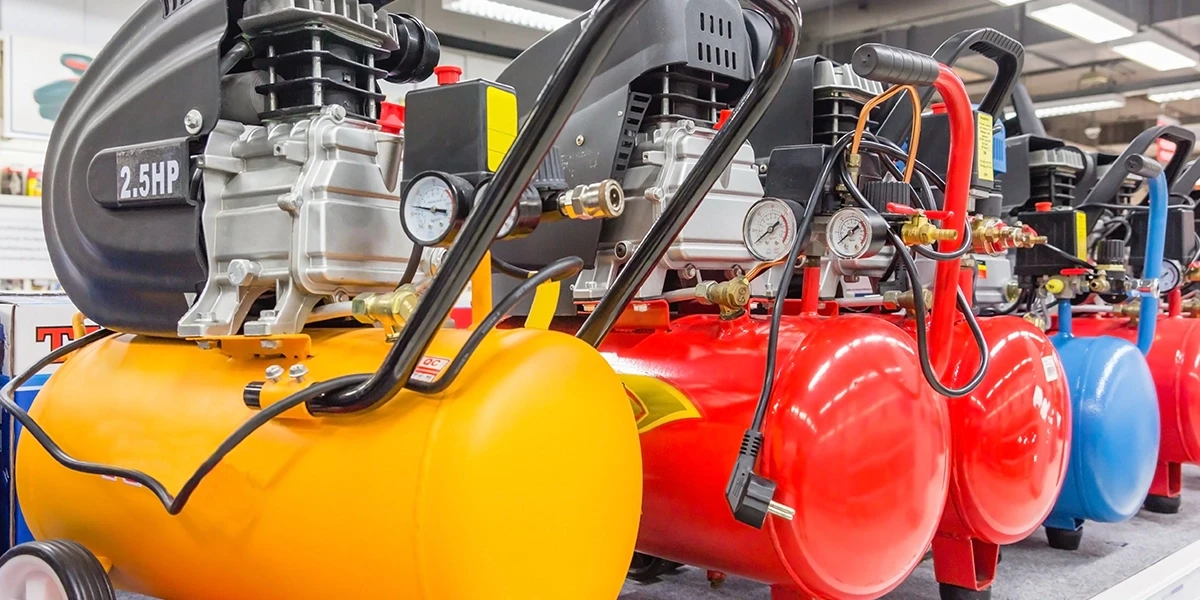
Air Compressors for Sale: Compare Models, Brands, Features
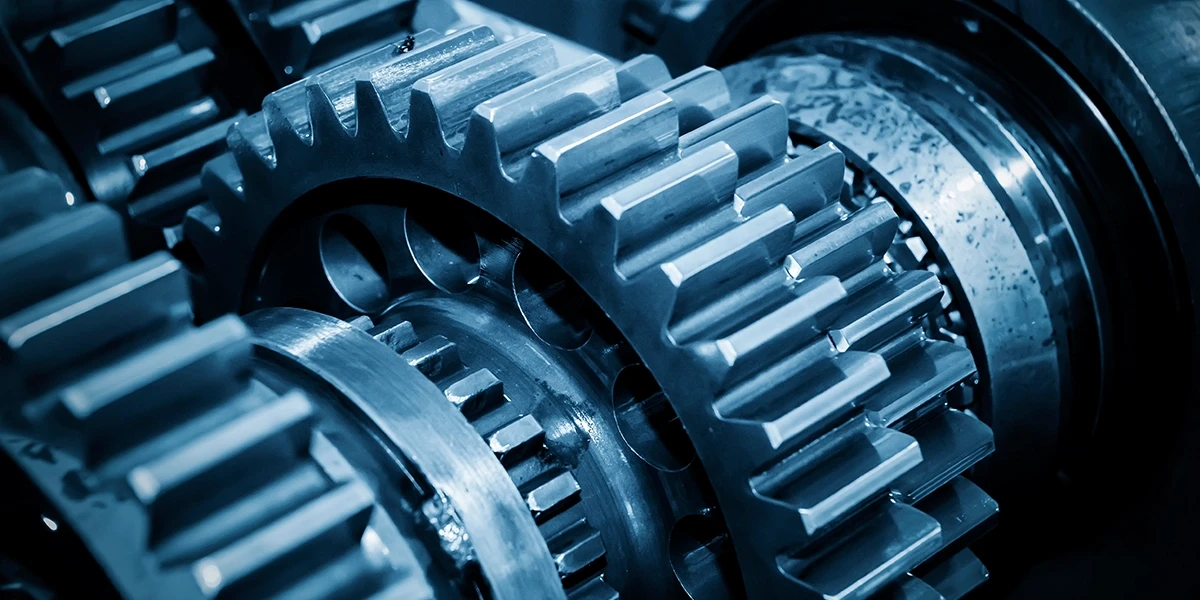
Essential Power Transmission Accessories for Industries
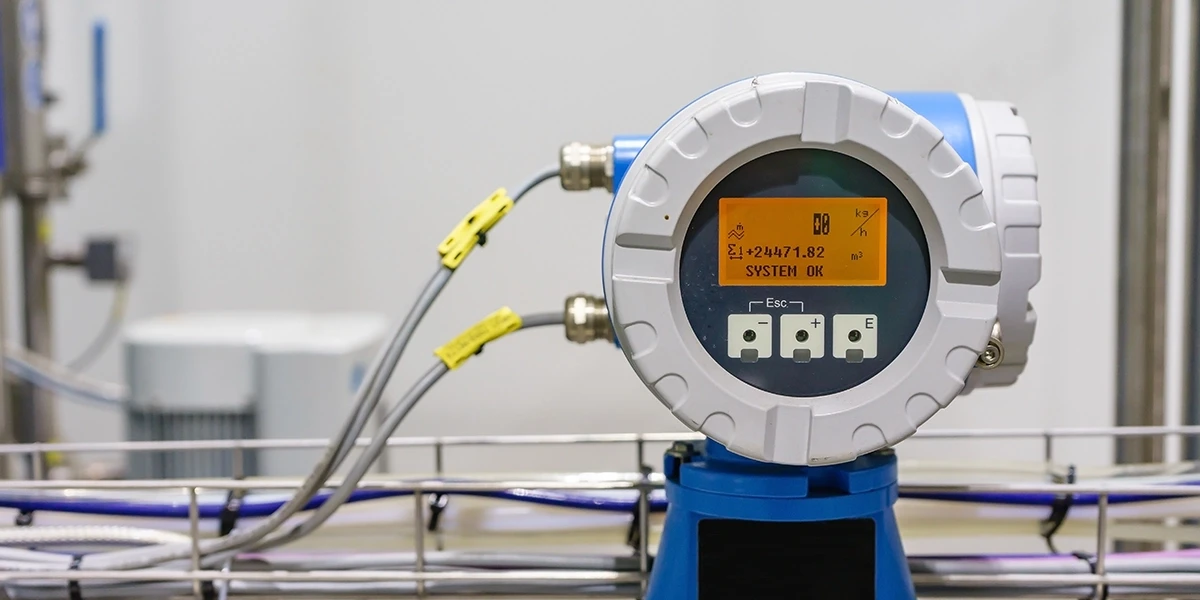
Best Industrial Sensors for Automation

Uses of Industrial Control Equipment
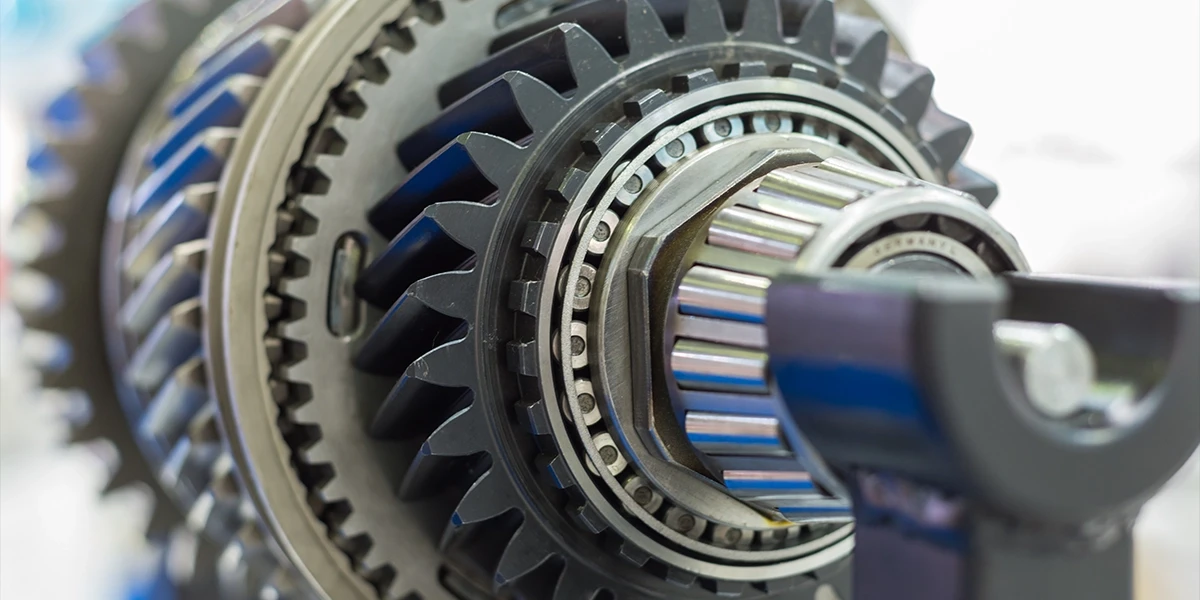
Top Bearings and Power Transmission Solutions
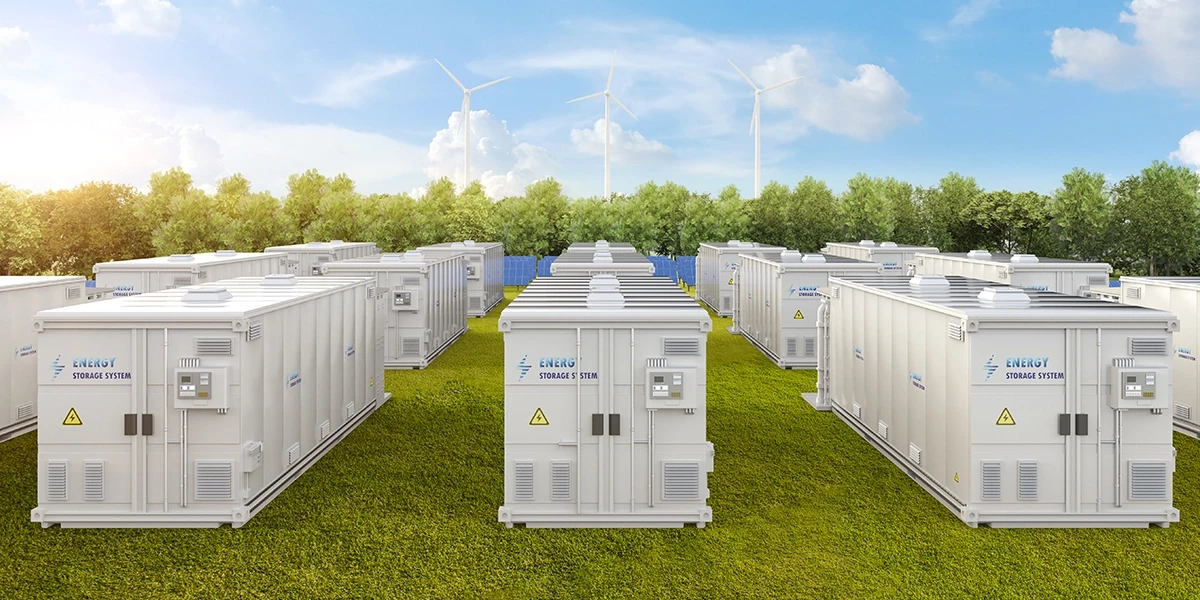
Buy Battery Energy Storage Systems Now
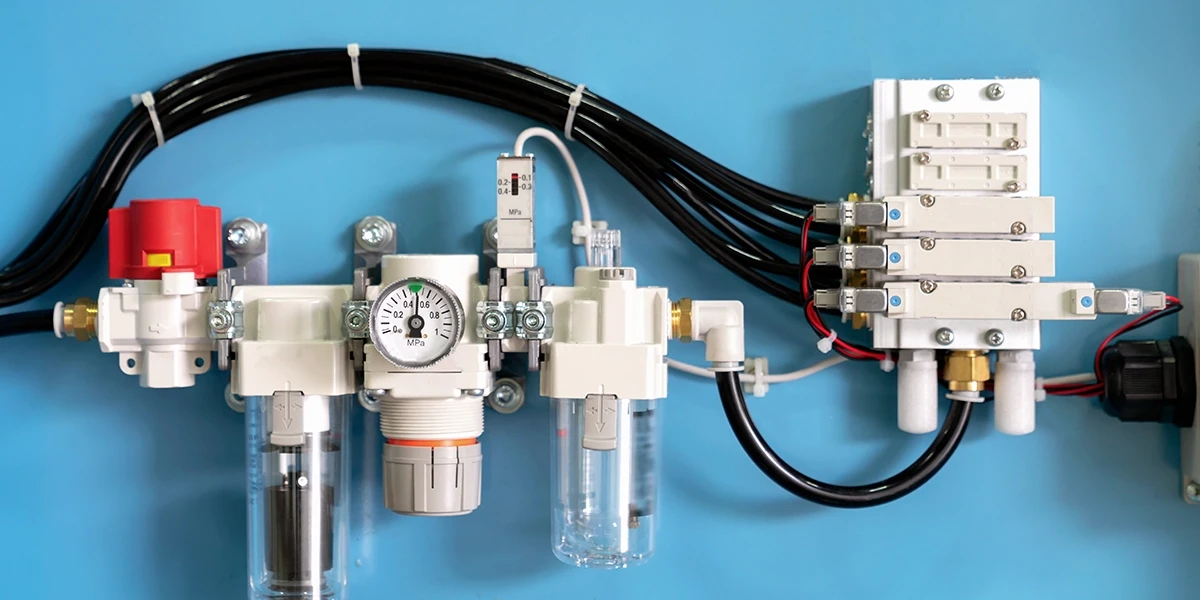
Benefits of Pneumatic Systems Today